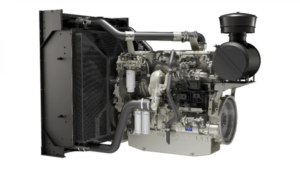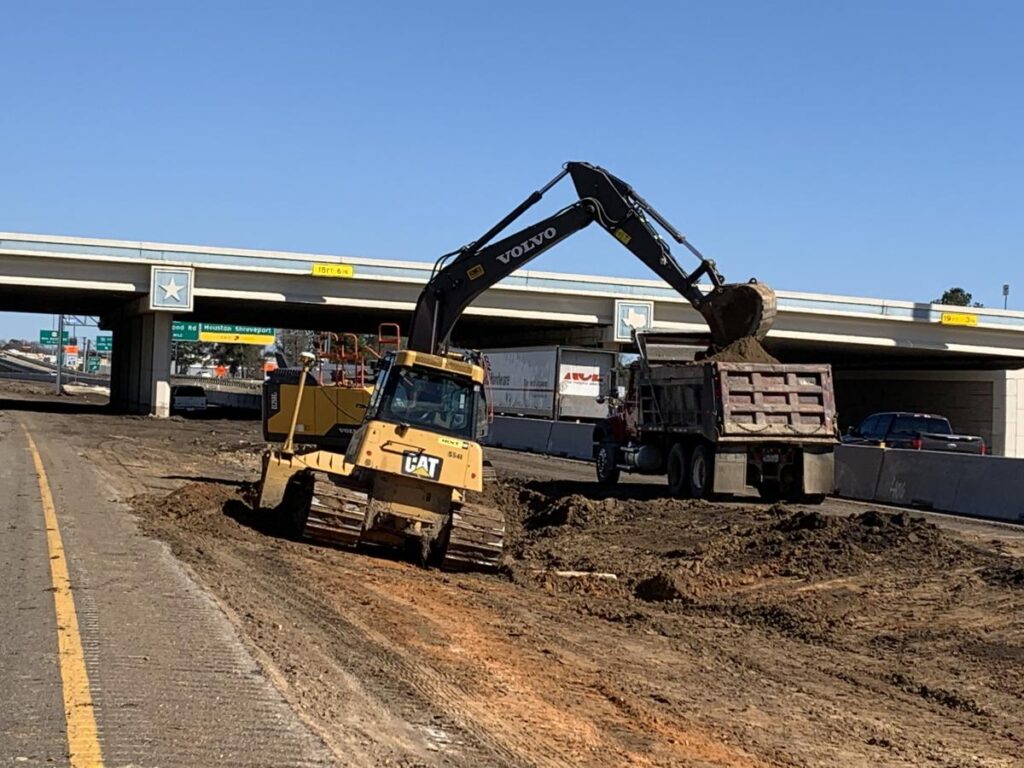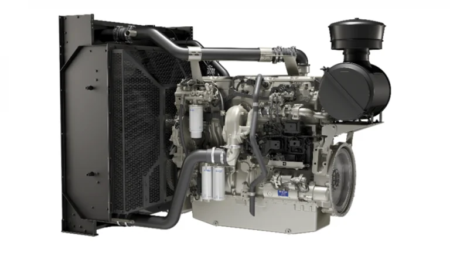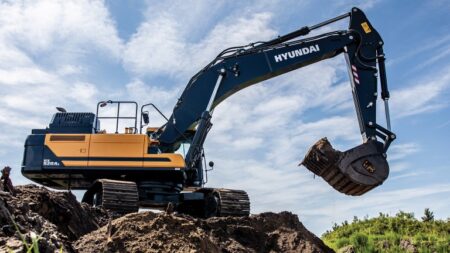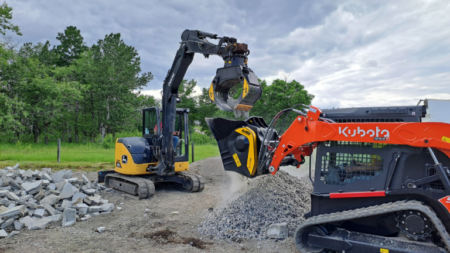Photo courtesy of TxDOT
The Texas Transportation Commission’s Statewide and Rural Connectivity Program (SRCP) to address safety hot spots on the highway system has allocated $1.1 billion for 113.8 mi. to be upgraded to four-lane divided roads. Construction is already under way on U.S. 87 & U.S. 83; U.S. 69 & U.S. 175; U.S. 59; and U.S. 281.
The Texas Transportation Commission’s (TTC) latest report on the state’s multi-billion dollar Statewide and Rural Connectivity Program (SRCP) illustrated the progress being made by contractors working for the Texas Department of Transportation (TxDOT) to expand the highway network across the state. This vital work will ensure that the system is modernized and able to reduce congestion and improve safety on its roads and bridges in order to meet the needs of a growing population.
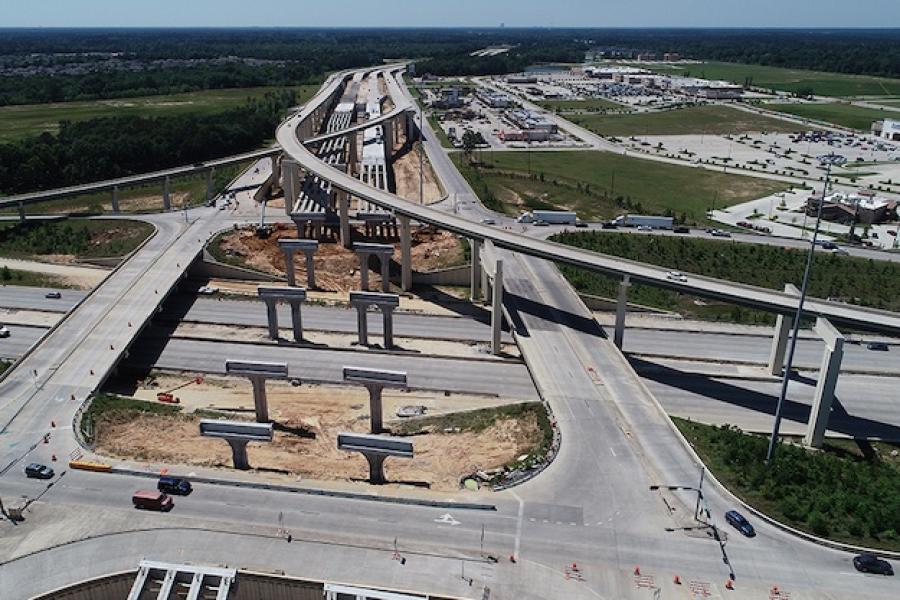
Photo courtesy of TxDOT
“TxDOT has committed to enhancing safety on Texas roads, investing billions of dollars in safety improvements through the Unified Transportation Program [UTP],” TxDOT media relations director Adam Hammons said.
UTP funding for the corridors of interest is considerable. It has provided $522 million for nine projects (64 mi.) under construction and $449 million for 38 projects (375 mi.) of partially funded projects valued at $7,568,000,000. An additional $10 million was allocated for one project (1 mi.) fully funded by the UTP this year.
Dollars at Work
To address safety hot spots in the corridors, $1.1 billion for 113.8 mi. has been identified to upgrade key corridors to four-lane divided roads. Four of those projects include:
- U.S. 87 & U.S. 83;
- U.S. 69 & U.S. 175;
- U.S. 59;
- U.S. 281.
Caroline Mays, TxDOT’s director of planning and modal programs, pointed out that going from two-lane to four-lane divided leads to a 60 percent decrease in fatality rates and transitioning from four-lane undivided to four-lane divided has led to a 41 decrease in fatality rates.
So far, considerable progress has been made or is in the works.
- U.S. 87 & U.S. 83 — Texas/New Mexico State Line to I-10, (448 mi.): 406 mi. have been completed and 21 mi. remain to be improved to four-lane divided roads.
- U.S. 69 & U.S. 175 — Beaumont to Dallas (246 mi.): 114 mi. have been completed, 33 mi. are under construction, 37 mi. to be constructed are fully funded and 20 mi. are partially and non-funded. According to the latest report, 42 mi. (17 percent) remain to be improved to four-lane divided.
- U.S. 59 — Laredo to Houston (252 mi.): 104 mi. have been completed and 82 mi. (33 percent) remain to be improved to a four-lane divided highway. To this point, 17 mi. of new construction have been fully funded and 49 mi. are partially and unfunded.
- U.S. 281 – San Antonio to I-20 (204 mi.): 17 mi. have been completed, 29 mi. are fully funded and 140 mi. are partially and unfunded. Eighteen miles (nine percent) remain to be improved to four-lane divided.
The SRCP began in 2018 and by 2019, these four key corridors were identified. Last year, U.S. 277 & U.S. 83 were added and the Statewide and Rural Connectivity Task Force became operational.
Serious progress has been made since then.
For the U.S. 277 & U.S. 83 – I-2 to I-10 (410 mi.) portion, 62 mi. have been completed, 13 mi. are under construction, 9 mi. are fully funded and 268 mi. are partially and unfunded. Forty-nine mi. (12 percent) remain to be improved.
Texas Trunk System
One of the key elements for these upgrades is the Texas Trunk System (TTS), a rural network of four-lane divided highways or better.
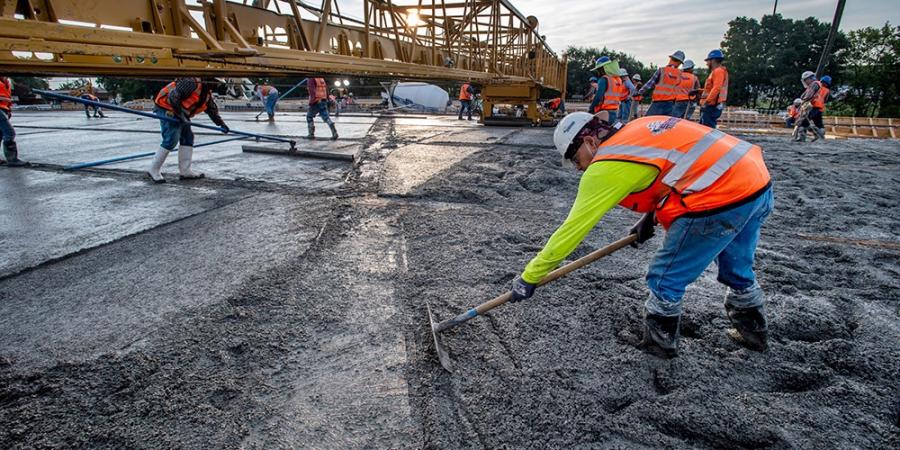
Photo courtesy of TxDOT
“It serves as a principal connector for Texas cities with over 20,000 population,” states the report, “and major activity centers, maritime ports and points of entry. The Trunk System is one of the few mechanisms that facilitates funding projects in rural areas of Texas.”
The TTS system was initiated in 1988 and by 1990, 10,500 mi. of road construction had been approved. In 1998, the system adjusted for urban area changes and 11 Phase 1 corridors had been identified, which were also recognized as a priority.
Of the 10,039 mi. of TTC’s rural interstates, Phase 1 road — and others — 5,150 mi. are four-lane or more divided, 3,520 mi. are two-lane undivided and 1,369 mi. are four-lane or more undivided. So far, the 5,150 mi. of four-lane-lane divided or higher, including rural interstate, have been completed.
Funding Background
“[We are] upgrading major statewide transportation corridors to provide safe, reliable, efficient travel to and from economic activity and population centers in Texas, while supporting the economic prosperity of all communities along the corridors and statewide,” stated the report. “[They] provide economic opportunity; connect population growth areas, freight movement, and international trade; serve as alternative routes to major corridors; address safety needs and challenges; [and help] to develop and program projects with Districts for the2025 UTP.”
Economically, the road infrastructure upgrade benefits economic activity centers such as major cities, ports, ports of entry (border facilities), and agricultural, oil and gas, and lumber production areas. Communities along the corridors include small and medium-size cities outside urbanized areas that benefit from improved access to markets throughout the state.
Funding over the past five years from TxDOT’s UTP, the 10-year plan that guides the development of transportation work across the state, has been helpful. It has provided $136 million for six projects (16 mi.) that have been completed; $417 million for six projects (45 mi.) that are under construction; $1,537,000,000 for 15 projects (154 mi.) that are fully funded in the 2024 UTP; and $862 million for 45 projects (47 mi.) of partially funded projects valued at $6,166,000,000.
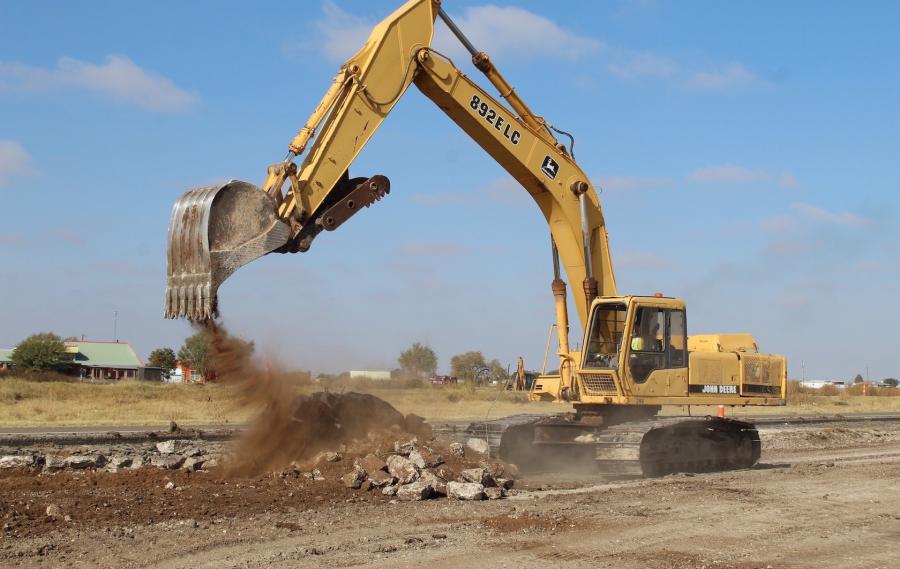
Photo courtesy of TxDOT
Statewide and Rural Connectivity corridors, according to Mays, support $25 billion annually in sales of agricultural products, a record $24.7 billion in taxes and royalties in 2022 via energy production, $41.6 billion in timber and lumber production, 70 percent of U.S./Mexico Trade ($520B of $780B) in 2022, 20 percent of U.S Maritime Trade in 2022 — $293B in exports and $153B in imports of International Maritime Trade, and in terms of national defense and security, Texas military bases added $67 billion to state’s GDP and generated more than 600K direct and indirect jobs.
The transportation network is crucial to freight value and tonnage. In 2021, U.S. 87 & U.S. 83 corridor moved $4.8 billion worth of goods (4.1 million tons), the U..S 69 & U.S. 175 corridor moved $2.1 billion of goods (2.4 million tons), the U.S. 59 corridor moved $17.2 billion of goods (11.8 million tons), the U.S. 281 corridor moved $1.2 billion of goods (3.0 million tons), and the U.S. 277 & U.S. 83 corridor moved $15.7 billion of goods (4.4 million tons).
The corridors experience a tremendous amount of wear and tear from this commercial traffic. The report also noted that the state’s population rose from 15 million in 1990 to 30 million in 2022, and by 2060, the population is expected to rise to 44 million. This will add to the number of cars travelling along the corridors.
Improving the corridors to four-lane divided roads reduces congestion and is expected to improve safety for all motorists. Between 2018 and 2022, there were a total of 28,884 crashes, of which 373 were fatal and led to 461 deaths, of which 3,5999 were CMV related, resulting in 94 fatal crashes, 12 deaths and 171 bridges strikes, leading to nine fatal crashes and 10 deaths.
In the conclusion of the report, it stresses that the “Key Corridors serve as critical transportation links to the state’s largest economic sectors, including agriculture and energy; provide connectivity to the border crossings and maritime ports and support the state’s economic competitiveness; [and that] maintaining and upgrading the Key Corridors is essential in addressing safety throughout the state.” CEG
Read the full article here


